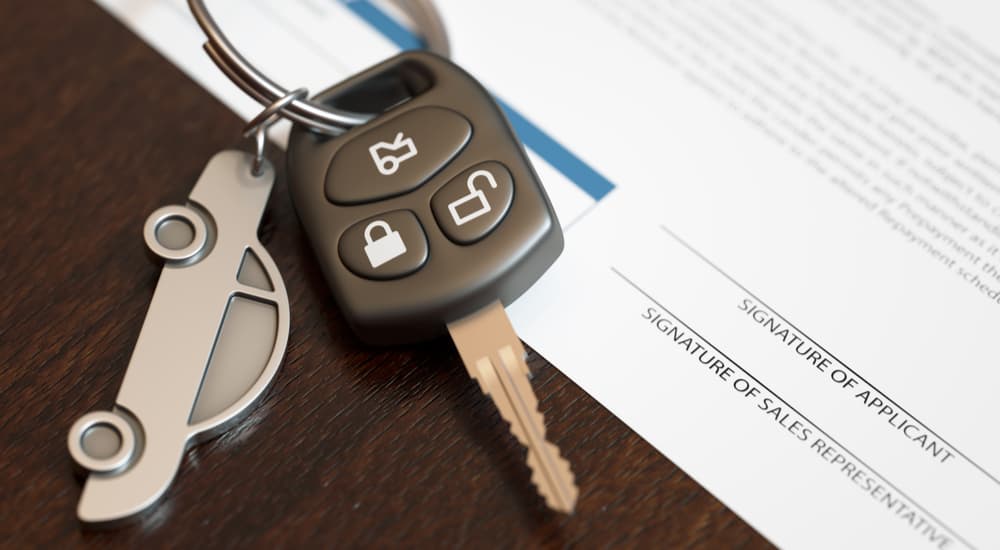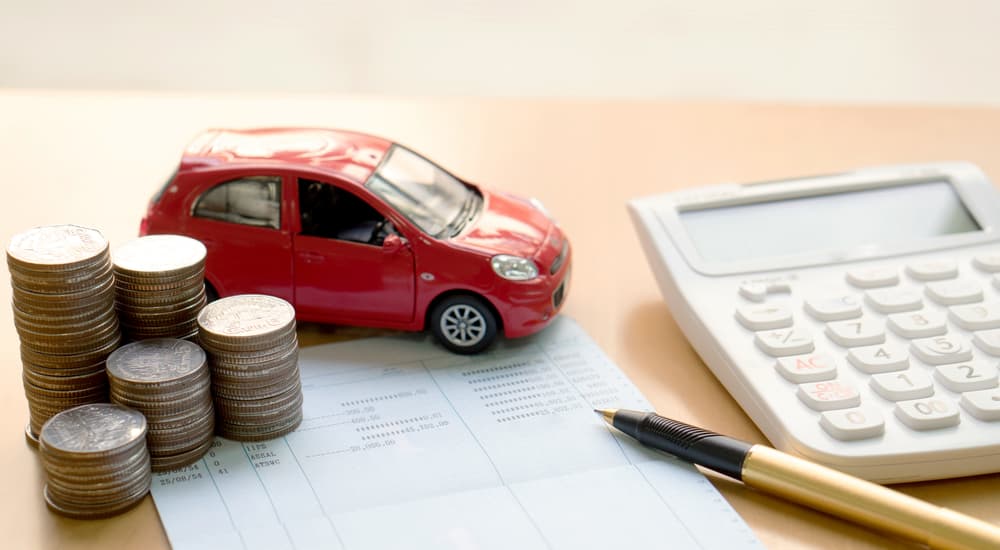Buying a car may be a long-term commitment, but eventually, the time will come to switch to a new vehicle. Whether you’re looking to size up, get something more fuel-efficient, take advantage of modern tech features, or simply try a different model, buying a new vehicle means that you’ll have to do something with your current model. Most of us can’t afford to collect cars at home, which means that we have to get some money from the car we have now in order to help pay for the next one.
You could sell your car directly to another buyer, but that can be time-consuming and it comes with several risks. You have to meet up with strangers, give out your personal contact information, and risk getting fleeced by a scammer. Bringing your car into a dealership and getting its trade-in value put toward your next purchase is a much simpler process.
But how exactly does it work? Let’s look at how to trade your car in at a dealership so you can go in armed with knowledge and get the best value possible.
The Basics
A trade-in vehicle is a car that you sell to a dealership in exchange for credit toward the price of your next car, rather than for a cash offer. Some dealerships will offer to buy your vehicle even if you aren’t buying one from them, but this wouldn’t technically be a trade-in. And since most people who are selling their car want to replace it with a new one, the trade-in process makes a great deal of sense.
Because the value of your trade-in is essentially subtracted from the price of the car you’re buying, trading your car in can lower your monthly payments for years to come. In some states, it can lower your sales taxes too. It’s a great way to get a better deal on a new or used vehicle.

Why Should I Trade in My Car?
Because the dealer needs to make a profit by reselling your car (and, depending on its condition, may need to pay for some repairs and deep cleaning first) it’s true that you could conceivably get a higher price for your vehicle by selling it yourself. However, it may also take a long time to find a buyer, and you’ll be on your own when dealing with all of the transfer paperwork.
Trading your car in at a dealer saves you time and energy. You can rest assured that you’ll get a reasonably fair price for your vehicle, and you can trust that the dealer will actually make good on their offer—which can’t always be said for strangers offering to buy your car on Craigslist.
A trade-in also lets you sell your old car and buy your next one at the same time, in the same place. This means there won’t be any awkward gap where you either have to go without a car for a while or have already bought a new car but still don’t have any money from your old one. On top of that, the dealer’s experienced finance department will walk you through the trade-in process, so you won’t have to become an expert on DMV forms or transferring registration.
How Is Trade-in Value Determined?
Several factors go into determining the trade-in value of your vehicle. These factors mostly align with those that determine its market value. Your car’s original value is taken into account (after all, used luxury cars are still worth more than their non-luxury counterparts). As you may have heard, vehicles tend to depreciate considerably as soon as they roll off the lot, so even if your car is only a year or two old, don’t expect to get a figure within the ballpark of its original sticker price. Generally, the older a vehicle is and the more miles it has on it, the less valuable it will be.
Another thing to take into account is what condition your car is in. This is one reason why it’s always a smart idea to take good care of your vehicle; address routine maintenance on time, keep it clean, and avoid bad driving habits like riding the brakes.
Other price-determining factors are out of your control. For instance, a particular model may be in higher or lower demand for several reasons, including the price of gas, the time of year, or current shopping trends. An SUV that was popular when fuel was cheap may become less valuable when everyone feels pain at the pump.
Most people don’t have the knowledge or time to figure out the value of their car themselves. But that doesn’t mean you have to walk into a dealership with no idea what to expect. Dealerships may offer online tools that can help you learn what your car is worth, often using services like Kelly Blue Book—a trusted resource on car values that has been around since 1926. By calculating your car’s value online ahead of time, you can get an idea of what your trade-in offer will be and keep that in mind when figuring out your budget for your new car.
Can I Trade My Car in if I Still Owe Money on It?
Yes, you can trade your car in even if you’re still paying off an auto loan. Dealers are used to this scenario and have experience in dealing with the related complications. Usually, the dealer will pay off your remaining balance with your original lender, then add that balance onto your payment plan for the new vehicle.
Can I Trade My Car in for a Lease?
Yes, many dealerships allow you to apply the value of your trade-in toward the cost of leasing a car. This can reduce your down payment, monthly payments, or both—making your lease even more affordable. However, keep in mind that once you get to the end of the lease period, you won’t have any equity to put toward your next car, and a trade-in will be out of the question.

How Can I Get the Most Value for My Trade-In?
As mentioned, maintaining your vehicle well throughout your ownership period is the best way to ensure it retains value. But there are some steps you can take just before a trade-in to set yourself up for success. For one thing, it’s a good idea to thoroughly clean and detail your car. You can either pay to have this done professionally or save a little money and do it yourself. The better your car looks, the more valuable it will be.
Beyond cleaning, things get trickier. Minor repairs can help increase the value of your car, offering a significant return on investment. You don’t want to spend more on fixing up your car than you’ll get back in a trade-in, so stick to affordable, minor repairs to address issues that are readily apparent to inspectors, like windshield damage or scratches and small dings.
Some Final Thoughts
Overall, trading a car in is simple and straightforward. The frustration of figuring out paperwork and setting up test drives with strangers is off your shoulders since a dealership’s staff will be there to work out all of the details. Dealerships can be a great resource not only for buying new cars, but for getting parts, repairs, and routine maintenance throughout the life of your car. Having a good rapport with the people at your dealership makes them a trusted resource for all things auto-related for years to come.



